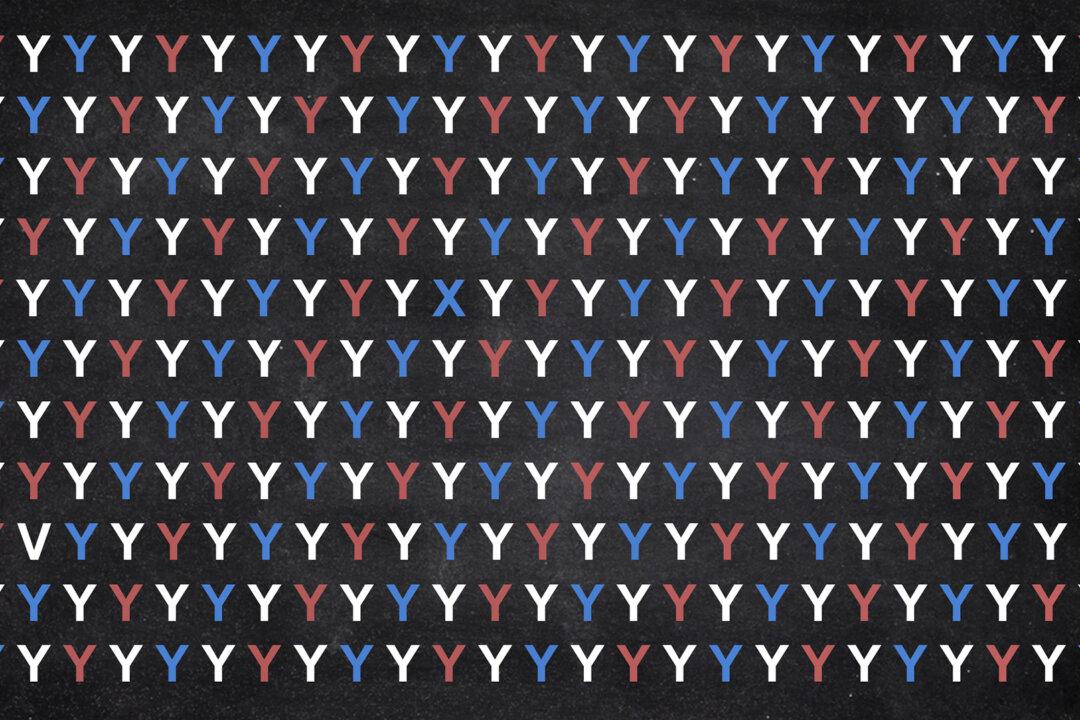Playing word games such as this has been scientifically proven to be good for the brain, according to neurological studies. Here, we have a visual puzzle that will literally get your brain juices flowing. So, take a break from your workday, and see if you can solve it.
The illustration below shows a sea of letters in an array of different colors, and all of the letters seem the same—the letter Y repeated row after row—but are they all really the same? Hidden in the endless field of Ys, there is an odd letter, or perhaps more than one odd letter. Can you find it/them?






